Push or Pull?

The arrival of spring after a long, cold winter feels miraculous. The air is full of vital energy and hope. Everything seems fresh and new.
At a time like this, we can't help but notice bright green plants everywhere we look, whether it's tiny new shoots emerging from the soil, or new buds and leaves reaching towards the light.

In my fanciful, poetically inclined mind, I've always imagined springtime as a kind of green energy reaching out and pushing up. Curious to learn more, I did some research, and discovered that I'm wrong.
It turns out that the rising sap which powers the emergence of new plants and leaves does not push up. Instead, rising sap is literally pulled up, and given shape, by the atmosphere above.
Air essentially wicks plants upward.
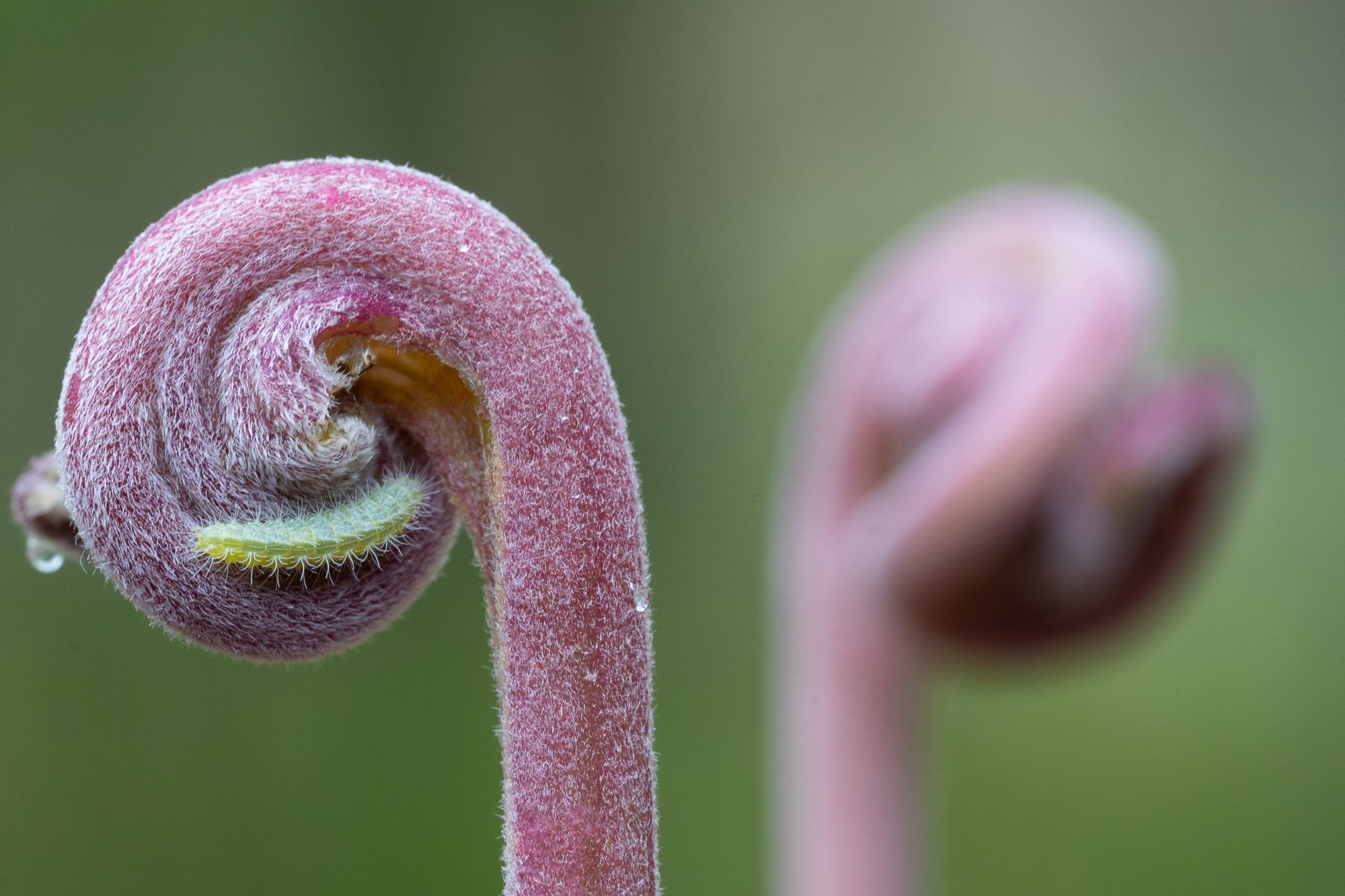
This story starts the previous summer as plants begin to store the excess sugars produced by photosynthesis on long sunny days. These excess sugars are converted into long chains of starch molecules, which are then packed away in stems and roots (or packed into seeds) for winter storage.
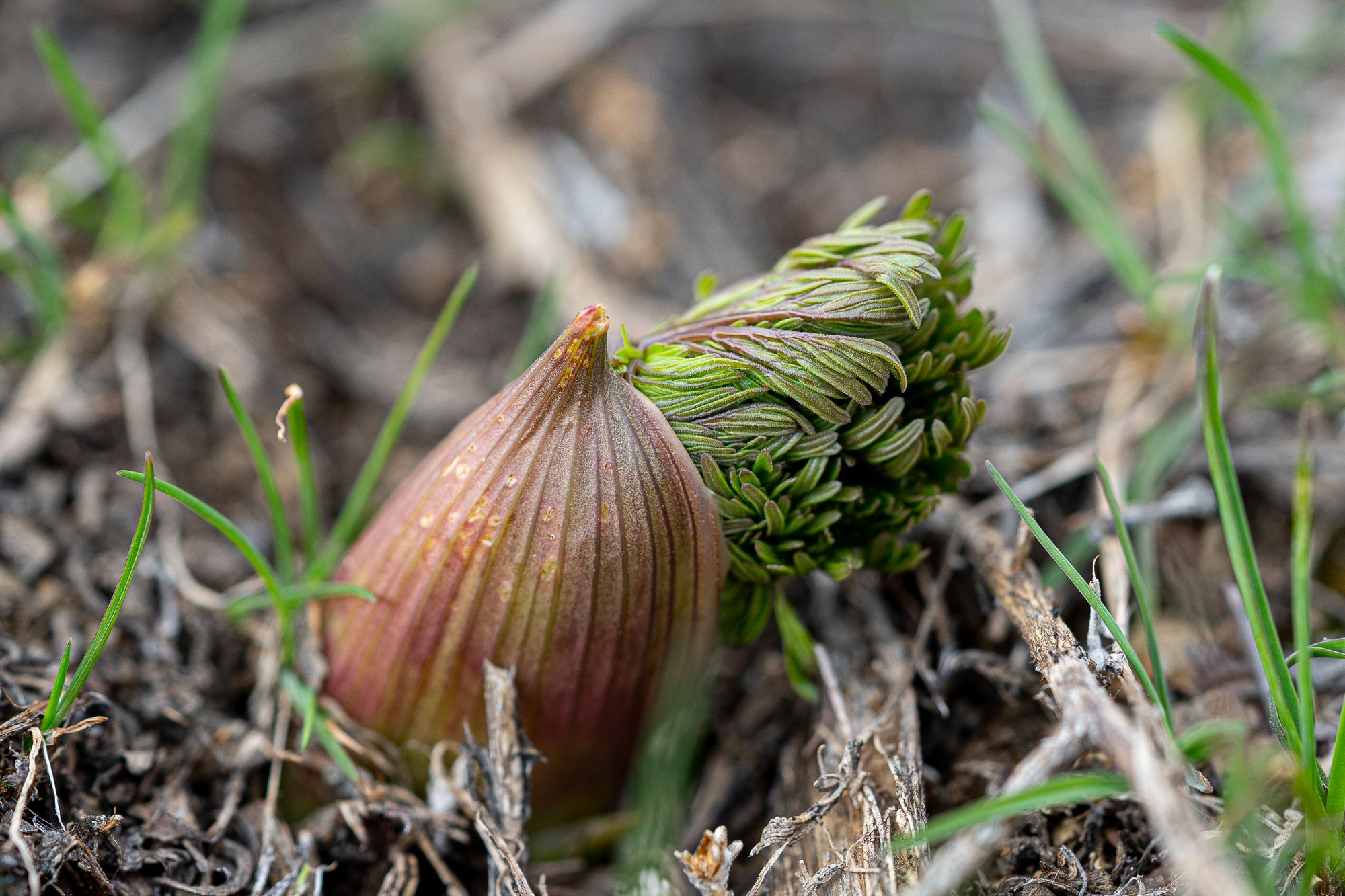
After a long, cold winter, starch is the essential ingredient that provides energy for new plant growth. This stored energy is released as the warming days of spring trigger enzymes that begin breaking the long chains of starch molecules into huge numbers of short chain molecules (sucrose) that can be metabolized as fuel.
This conversion from a limited number of large molecules to a huge number of small molecules dramatically changes the internal (osmotic) pressure inside the plant. Changing pressure pulls water from the soil into the roots, where the water then fills microscopic capillary vessels (xylem) that plants use to transport water (sap) to every part of the plant.
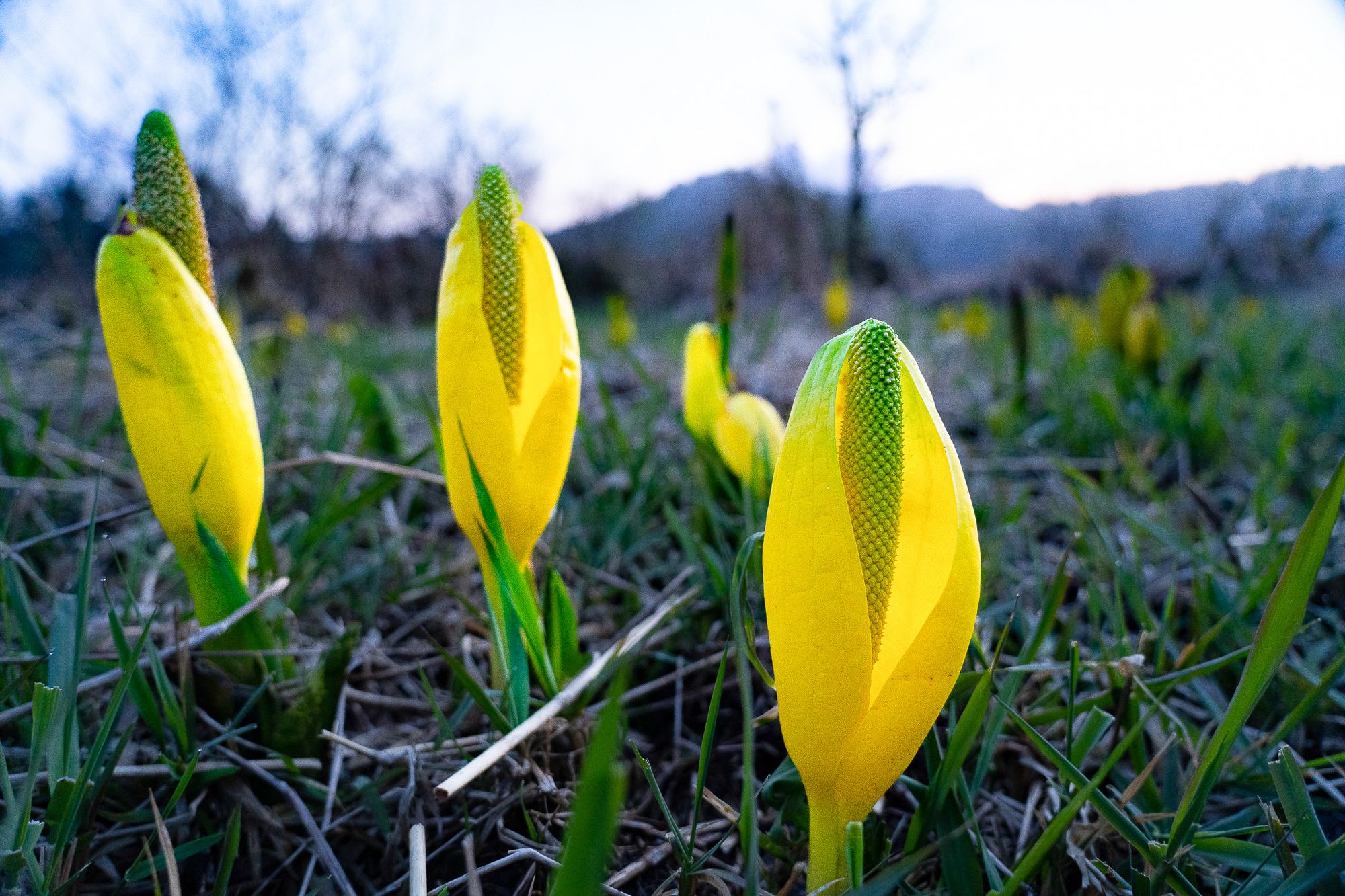
If you think about it, however, plants don't have pumps to move their sap in the same way that animals have hearts that pump blood. Furthermore, animals circulate blood in closed, circular loops, while the flow of sap (which is basically water with some dissolve nutrients) is a one-way path that starts where the tips of roots absorb water in the soil, then ends at the pores on leaf surfaces.
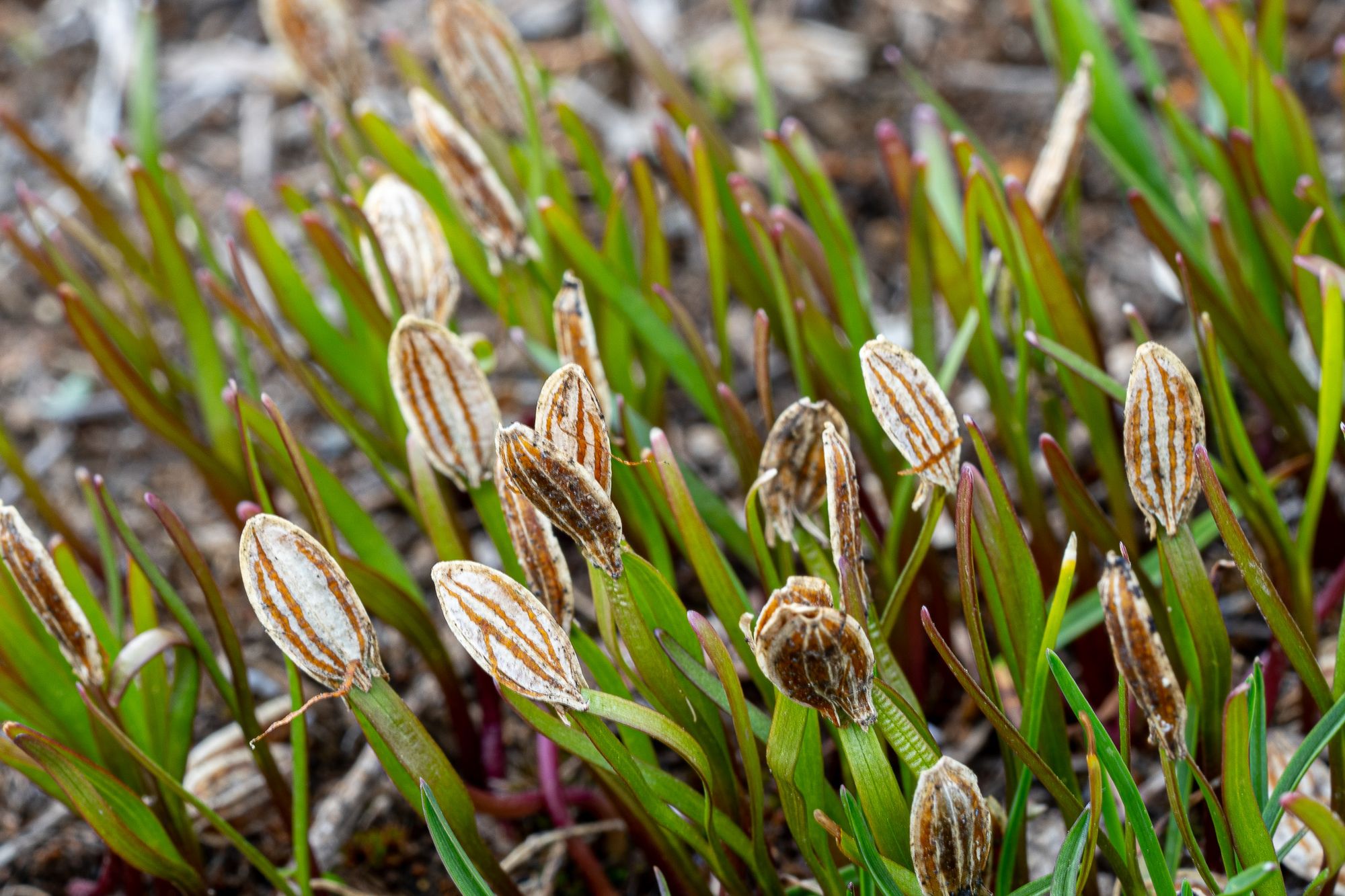
Without muscular hearts, plants utilize another mechanism to move sap. They use the power of evaporation.
As each molecule of water is pulled off a leaf surface by evaporation, it pulls up the next molecule behind it, which pulls up the next molecule, all the way down the chain of water molecules to the tips of the roots.
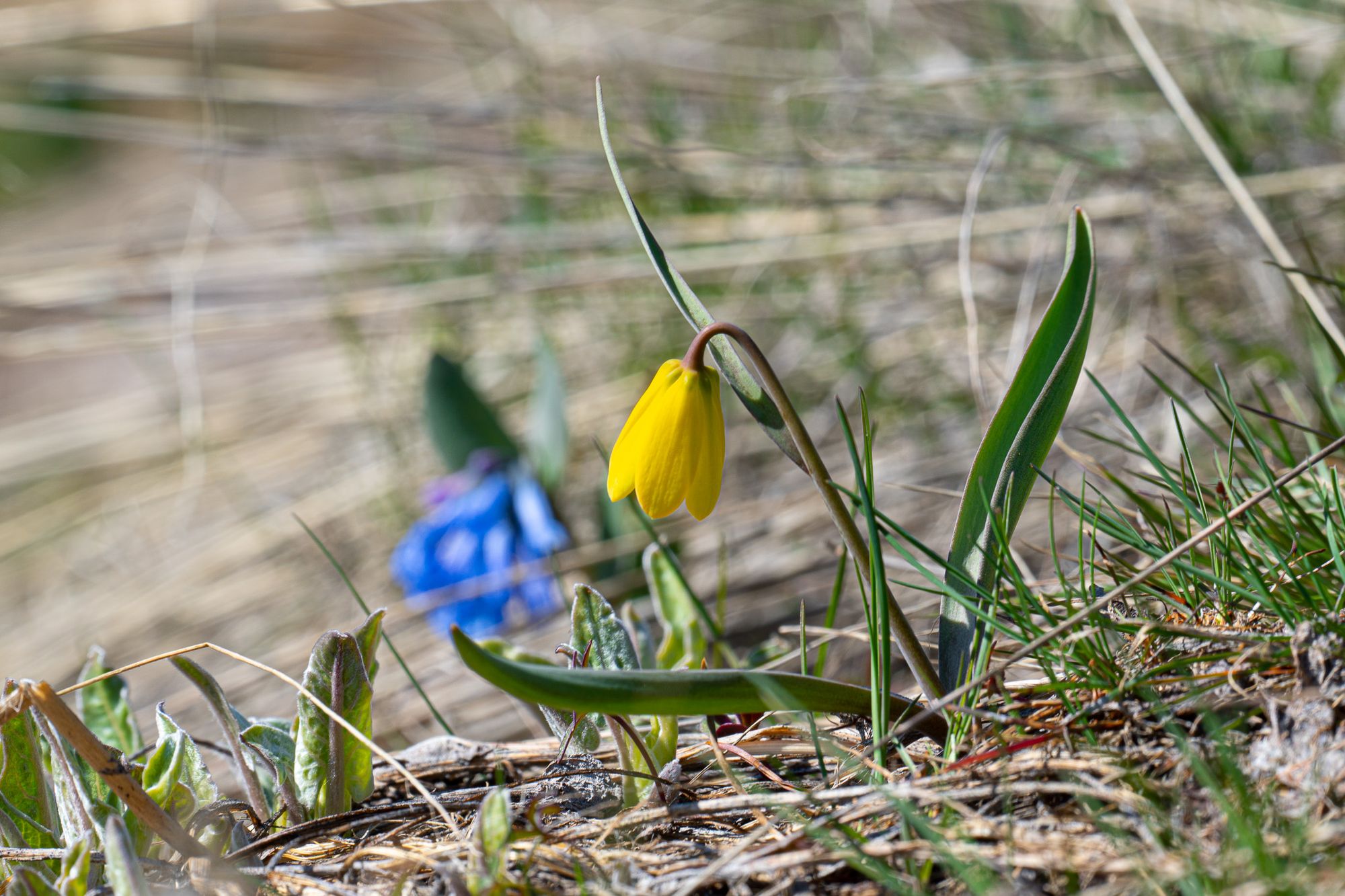
In essence, evaporation of water molecules into the atmosphere is the force that pulls sap up—then plants fill in the form behind as cells grew in the direction sap is moving.
It's easy to overlook this force, which happens on a microscopic scale but has immense cumulative power.
In fact, scientists have calculated that the volume of sap moving in plants is several orders of magnitude greater than the movements of fluids in all animals combined. And the energy required to move this sap equals the energy generated by all the hydroelectric dams in the world combined.
Behind the flush of green we see each spring lies one of the primary movements of energy on the earth's surface: the lifting of sap from plant roots to the growing tips of new vegetation.
It's a force to be reckoned with.

Member discussion